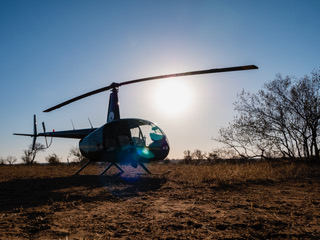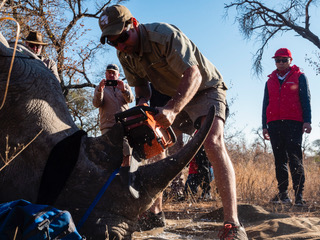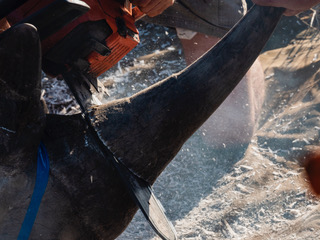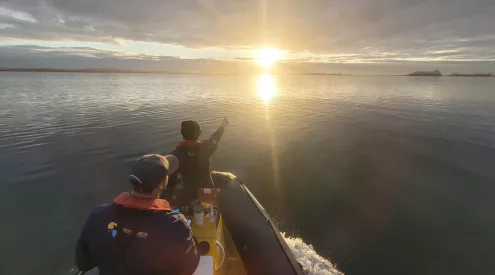The ongoing rhino poaching crisis began in 2008, with increasing numbers of rhino killed for their horn throughout Africa until 2015. For the past couple of years, the total number of rhinos poached has thankfully been decreasing, yet there is still a lot to do to in terms of protecting this majestic member of the Big Five.
South Africa holds nearly 80% of the world’s rhinos and has been the country hit hardest by rhino poaching – more than 1,000 of these animals were killed year on year between 2013 and 2017. For this reason, Haval Motors began lending its hand in the process of conserving this amazing species in the area, which Getaway was privileged enough to partake in.
Many people are often alarmed by the thought of rhinos being dehorned, but do not immediately realise that this is done to deter poachers from brutally killing these beautiful animals.
It is important to note that the rhino horn is essentially an overgrown fingernail – it is largely comprised of a tightly-packed protein called keratin. Even though rhino dehorning requires a chainsaw and even an angle grinder to smooth the remaining horn down, the process is carried out by an experienced veterinarian and is a painless experience for the animal, which is placed under temporary sedation.

‘It is a sad reality that in order to help save rhino species from the threat of poaching, the pre-emptive removal of their horns in a safe, controlled manner has become one of the necessary and highly-effective management tools for conservationists to deter poachers,’ said Vaughan Swanepoel, PR and Marketing representative of Haval Motors.
So with all this information in mind, a tentative level of excitement and a large measure of seriousness, the group made its way to Klaserie Game Reserve to meet the skilled crew that had gathered for the dehorning mission.
Upon arrival, we were met by a team of 20 with various vehicles, including a grounded helicopter at the entrance to the reserve. After being welcomed by a member of the National Parks Board, the team was briefed by the lead veterinarian who would be responsible for the animal during its procedure. We were told that a spotter plane had localised a group of Rhino that had three dehorned and two with their horns intact and these would be the animals on the day’s helping agenda.

The wildlife vet, a ‘veteran’ of successful rhino dehornings, delivered an important safety briefing to all those present and who would be involved in the rhino dehorning operation. In these operations the vet is always in charge for the safety of both the rhino and the people working with it. All involved are warned not to get anywhere near the dart’s entry point, as contact with the drug can have serious effects on a human. The vet does carry an emergency antidote at all times in case of accidental human contact.
When everyone was briefed, the game viewer vehicles were embarked while the helicopter, now in the air, circled above an area visible from our starting point. We set off towards the area with careful haste in cold morning weather.
With continuous radio contact, the helicopter radioed that the animal had been successfully darted and the team made the approach. Every precaution is taken to ensure that rhino dehorning is as stress-free for the animal as possible. This begins with sedation by a dart administered from the helicopter, containing a powerful opioid drug. Once the animal is under sedation, the sedative is partially reversed. This is so that the animal can continue to breathe unassisted. Its eyes are covered with a large blindfold; its ears are plugged to drown out sound.

The immobilisation drugs have no lasting effects on the animals. Upon arrival at the majestic beast perched peacefully as if asleep, silence befell the group as the work began. As if trained in mercenary-like fashion, the team went about their business with members of the expedition fulfilling key roles under the watchful eye of the three veterinarians present. Once the operation was completed, the ground crew moved off to a safe distance and the veterinarian administered the antidote to wake the animal. The veterinarian positioned himself strategically to observe the animal coming around and ensured that the rhino made a full recovery before leaving it. The adult male rhino got up, looked around and proceeded to gallop off into the African savannah as if he had had his nails clipped. It was a moving experience and all present were in awe.
The day ended with a trip through Bushbuck Ridge back towards Hazyview to the next stop over for the evening at the Protea Hotel Hazyview. That night’s dinner table was a rumble of reminiscing and talks about the once in a lifetime experience everyone present had witnessed with thoughts and sentiments resounding with the good deed completed that day.
Picture: Supplied / Haval Motors

















